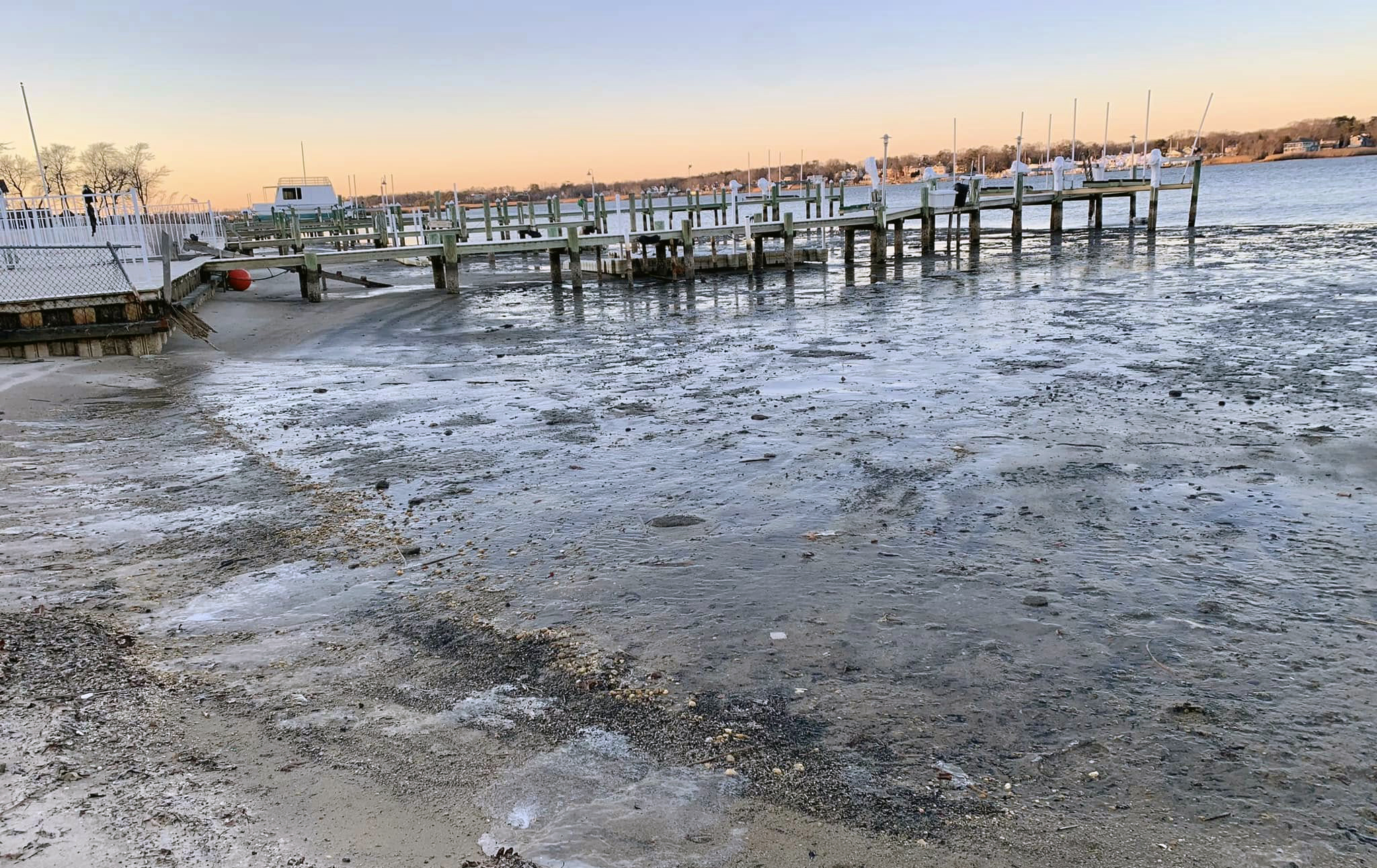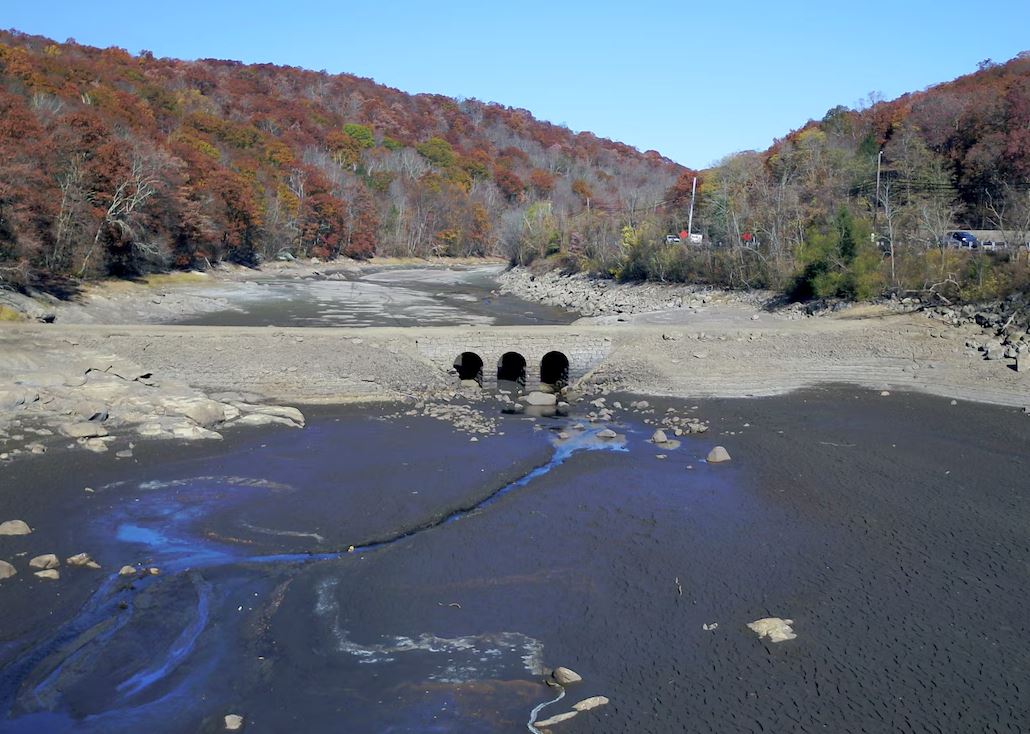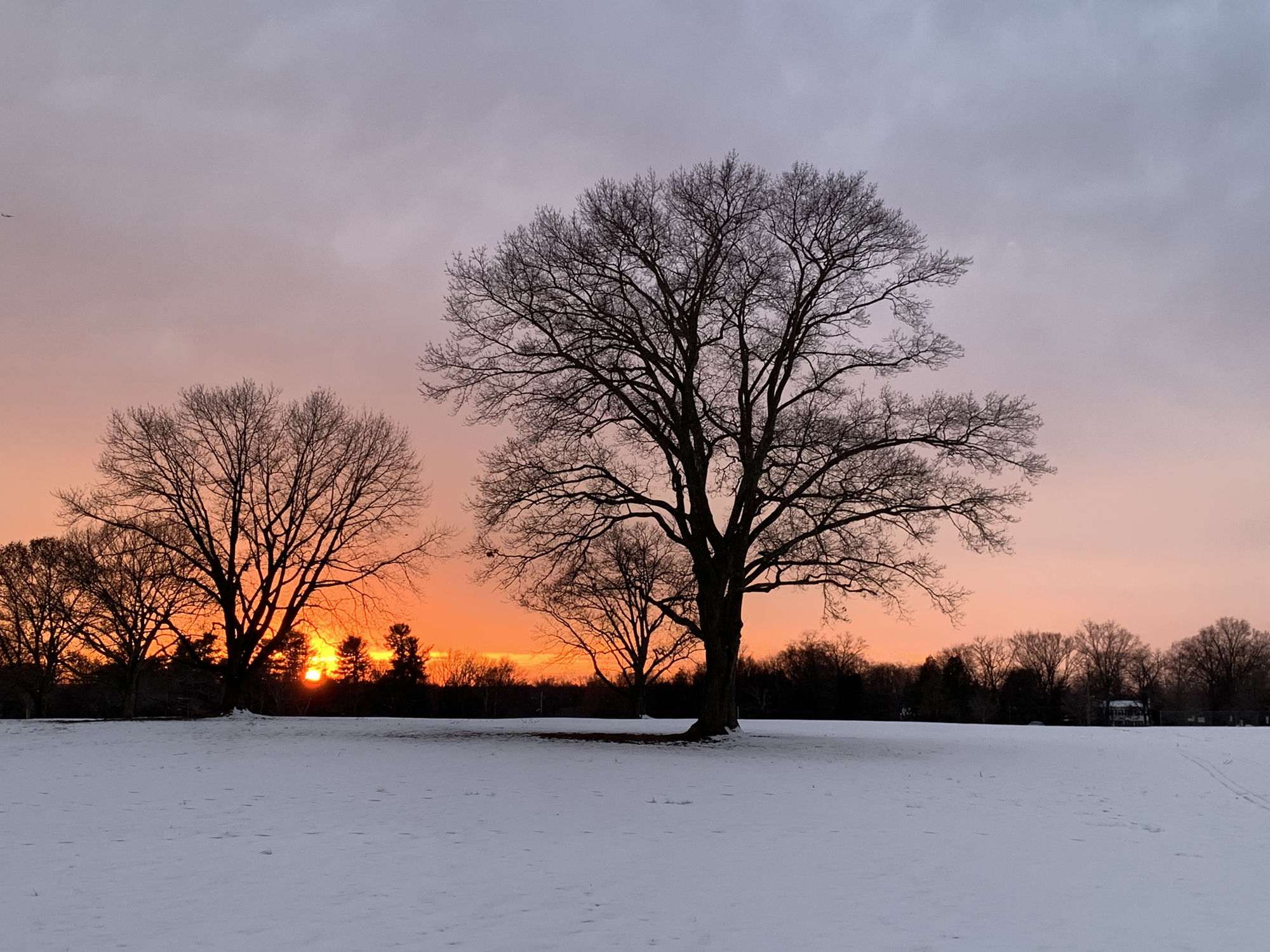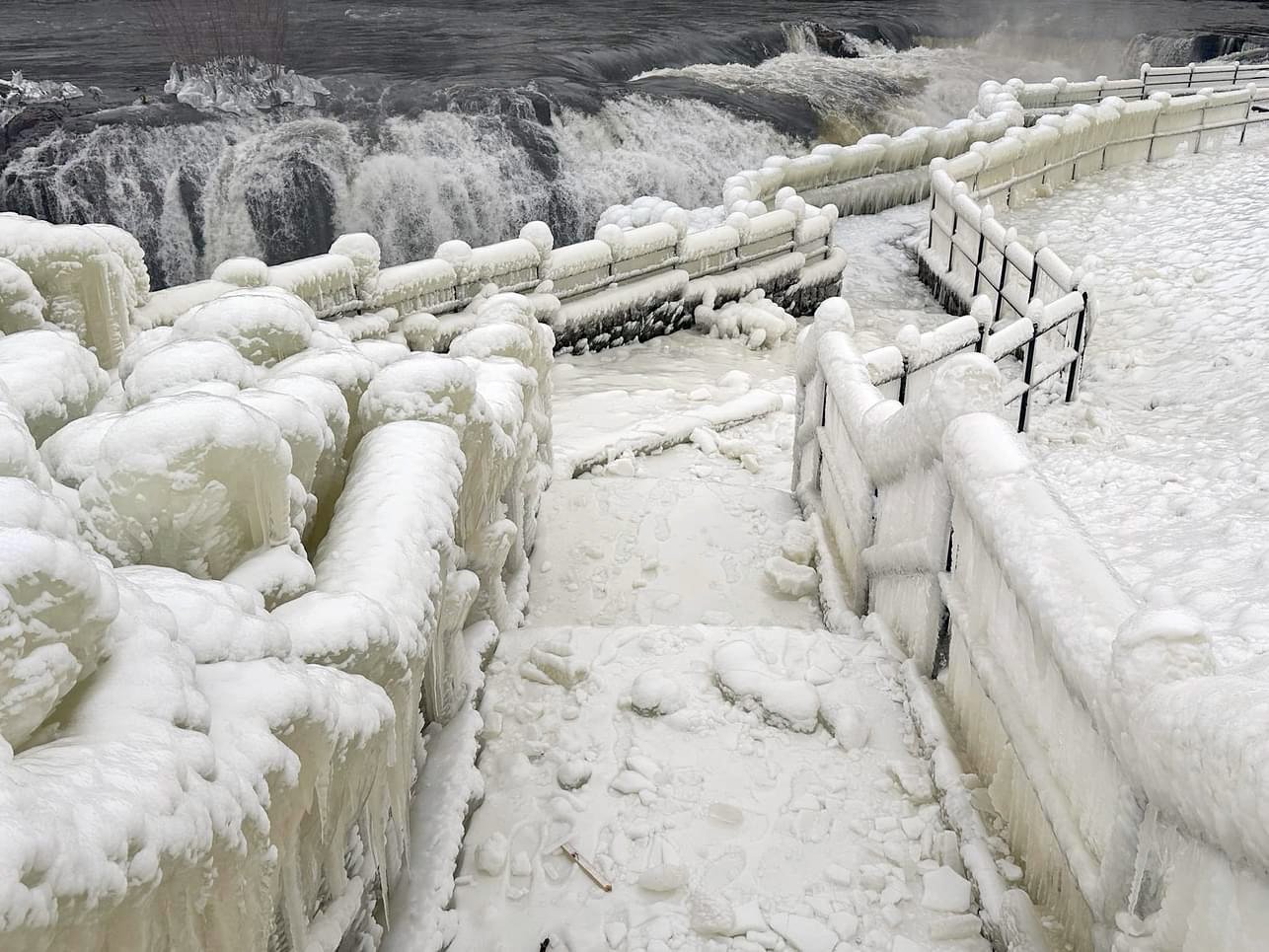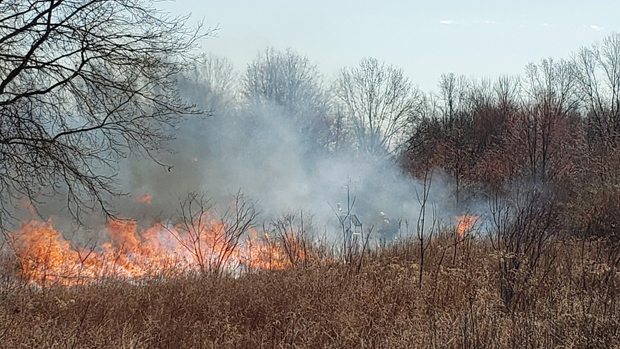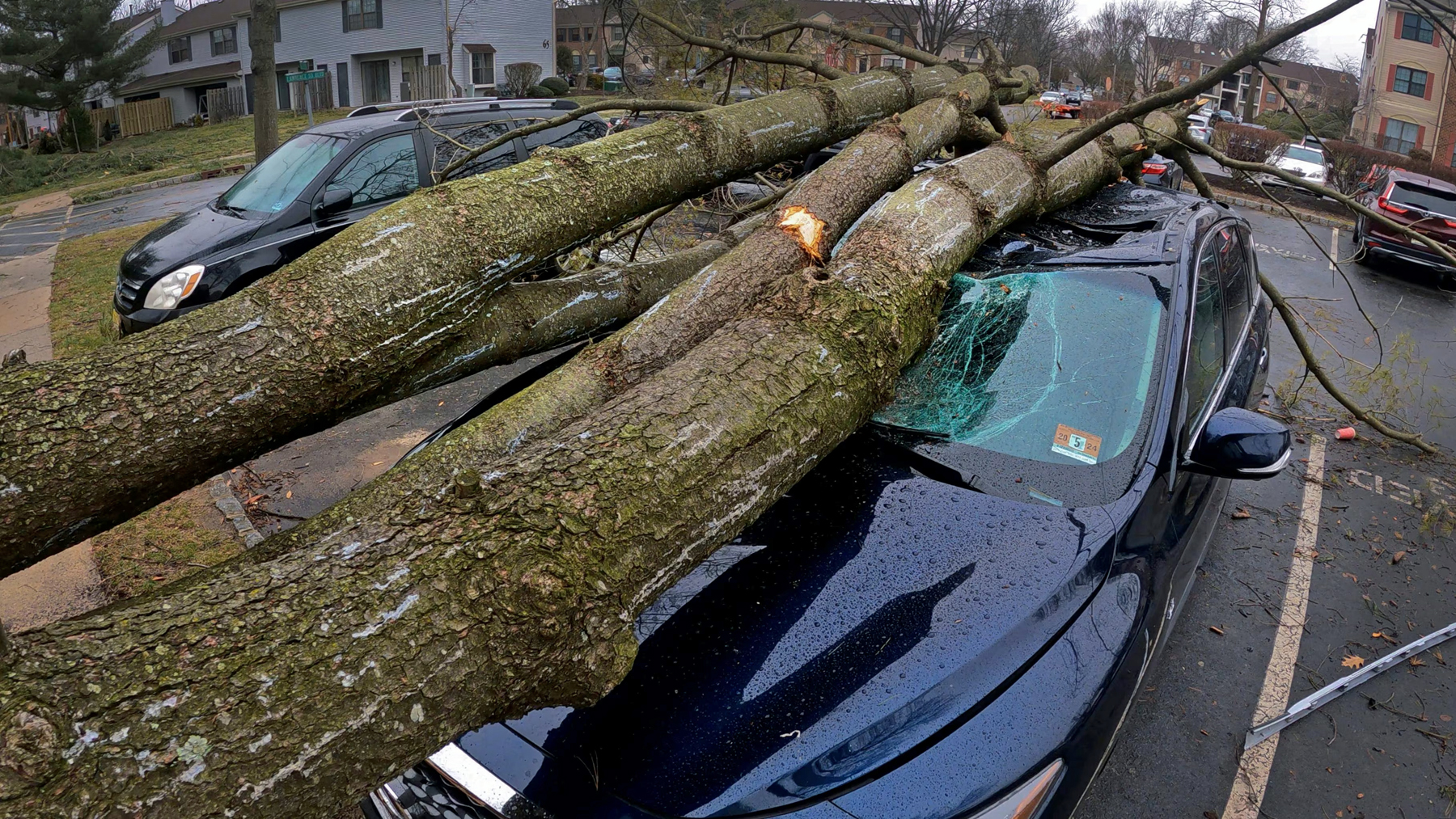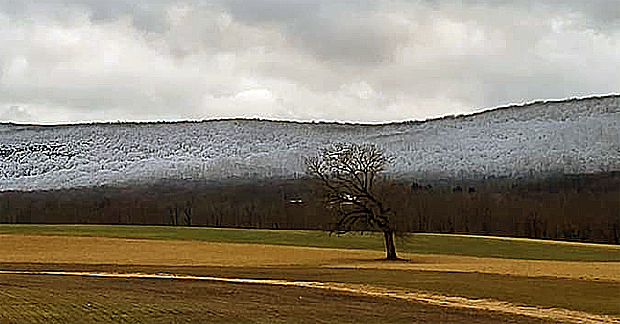Split Personality: April 2025 Recap

If it is weather variety you enjoy, April certainly must have proved rather satisfying. Atmospherically, this was expressed by a cool, wet first half of the month and a warm, dry second half. When all was totaled and averaged, the full month emerged with above-normal temperatures and close-to-normal precipitation. Toss in one northern snow event, considerable wind, lingering drought in some areas, and a major Pinelands wildfire, and there was quite a potpourri of conditions.
Looking first at precipitation, the statewide average of rain and melted snowfall was 3.72”. This was 0.02” above the 1991–2020 normal and ranked as the 62nd wettest April dating back to the start of statewide records in 1895.
April snowfall occurred in a single event that will be discussed below. This resulted in a statewide average of 0.3”, which is 0.2” below normal and ranks as the 37th snowiest April back to 1895. The northern snow division averaged 1.2” (+0.4”, 28th snowiest), while the central and southern divisions did not record snowfall (0.6” and 0.4” below normal, respectively), situations that have occurred during numerous past Aprils.
The statewide monthly average temperature was 53.3°. This was 1.8° above the 30-year mean and ranked as the 12th mildest (3-way tie). Nine of the 16 mildest Aprils in the past 131 years have occurred over the past 23 years.


